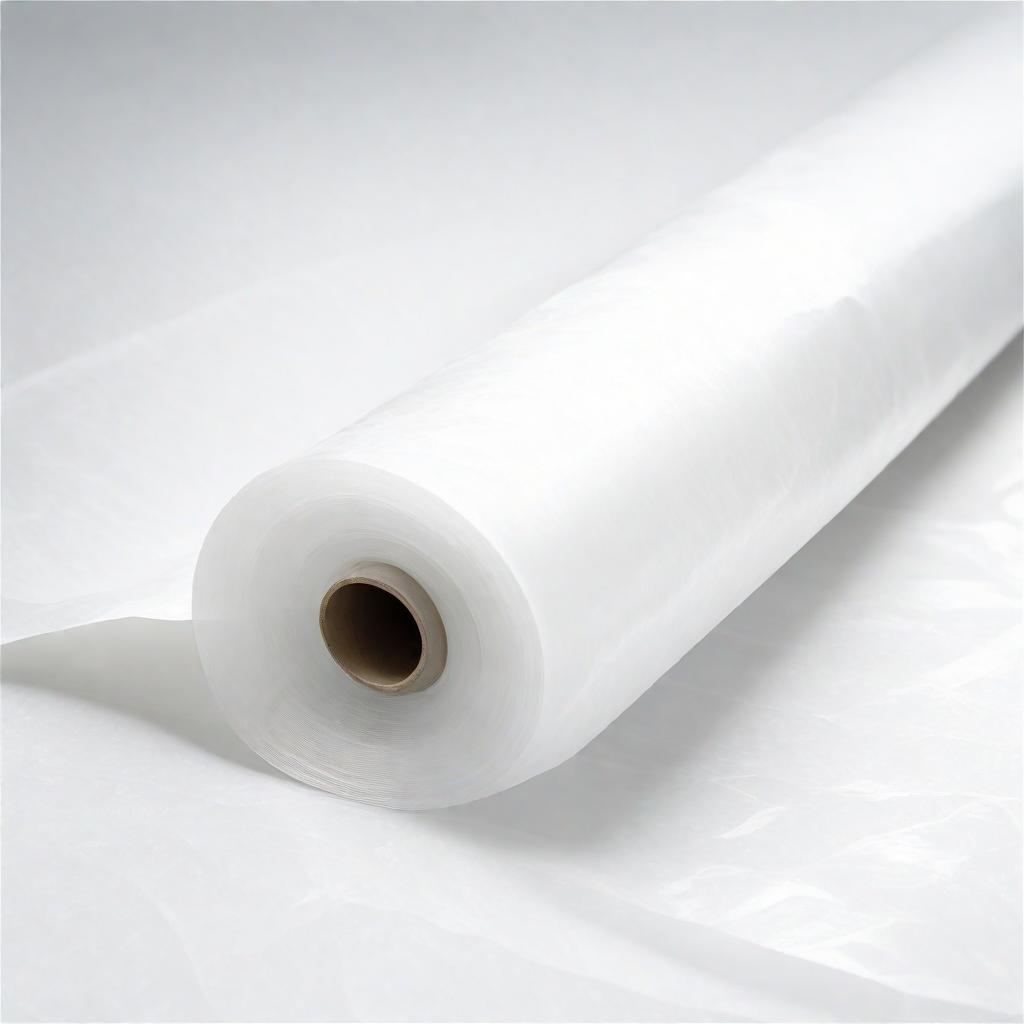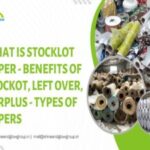
- Introduction:A Transparent Marvel in Packaging and Beyond
- Advantages of Glassine paper
- Common Uses in Packaging:
- Glassine Paper vs. Other Packaging Materials:
- Glassine Paper in Art and Craft:
- Sustainability and Eco-Friendly Aspects:
- Glassine Paper in Stamps and Collectibles:
- Factors to Consider When Buying:
- How to Properly Use and Store:
- Innovations in Glassine Paper Technology:
- Challenges and Limitations:
- Glassine Paper in Photography:
- Glassine Paper in the Medical Field:
- Conclusion:
- FAQs:
Introduction:A Transparent Marvel in Packaging and Beyond
Glassine paper, celebrated for its distinctive properties, stands out as the preferred option for packaging, art, and collectibles. Despite being frequently overlooked, this material plays a crucial role in various industries. Join us as we delve into the world of this versatile material and its wide array of applications.
It is a smooth and transparent material crafted through a specialized process. With exceptional qualities such as resistance to grease and moisture, it proves to be an ideal choice for specific applications. Commonly used in envelopes, bags, and pouches, it serves a multitude of purposes.
Advantages of Glassine paper
- Transparency and Clarity:
- Stands out for its transparency, allowing a clear view of contents and enhancing product visibility.
- Grease and Moisture Resistance:
- Ideal for food packaging, ensuring products remain fresh and unaffected by external elements.
- Environmental Benefits:
- Recognized as an eco-friendly option, being recyclable and biodegradable, aligning with the demand for sustainable packaging solutions.
Common Uses in Packaging:
- Food Packaging:
- Preferred for wrapping confectioneries and baked goods due to its grease resistance.
- Pharmaceutical Packaging:
- Widely used in the pharmaceutical industry to package medicine strips, ensuring product integrity.
- Art and Craft Applications:
- Appreciated by artists and crafters for its smooth texture, used in various creative projects.
Glassine Paper vs. Other Packaging Materials:
- Contrasting with Wax Paper and Parchment Paper:
- While sharing some characteristics, glassine paper excels in transparency and versatility for specific applications.
- Environmental Impact Comparison:
- Boasts a lower environmental impact compared to traditional packaging materials, making it a sustainable choice.
Glassine Paper in Art and Craft:
- Tracing Paper Alternative:
- Artists often prefer it as an alternative to tracing paper due to its transparency and smooth surface.
- Benefits for Artists and Crafters:
- The versatility of this paper makes it a favorite among creative minds for various projects, from scrapbooking to card making.
- DIY Project Ideas:
- Endless possibilities abound, from crafting handmade envelopes to creating window art, showcasing the limitless creative potential in this versatile medium.
Sustainability and Eco-Friendly Aspects:
- Recyclability:
- This paper is recyclable, reducing the environmental impact associated with packaging waste.
- Forest-Friendly Sourcing:
- Manufacturers prioritize sustainable forestry practices, ensuring responsible sourcing of raw materials.
- Biodegradability:
- The biodegradable nature of this paper means it naturally breaks down over time, leaving a minimal environmental footprint.
Glassine Paper in Stamps and Collectibles:
- Historical Use in Preserving Stamps:
- Collectors have long appreciated it for preserving the condition of stamps and delicate collectibles.
- Current Significance in Collecting:
- Glassine envelopes remain a staple in collecting and protecting items from dust, dirt, and handling.
Factors to Consider When Buying:
- Weight and Thickness Options:
- Available in various weights and thicknesses to cater to different needs.
- Size Variations:
- Ranging from small envelopes to large sheets, the size should align with specific requirements.
- Cost Factors:
- Unique benefits should be considered alongside budget constraints, exploring options within the price range.
How to Properly Use and Store:
- Handling Precautions:
- Due to its delicate nature, handle with care to avoid tears or creases, using clean hands to prevent oil transfer.
- Storage Tips for Longevity:
- Store in a cool, dry place away from direct sunlight to maintain quality over time.
Innovations in Glassine Paper Technology:
- New Developments in Manufacturing:
- Continuous advancements in manufacturing processes persist in elevating the quality and versatility of this specialized paper.
- Emerging Trends in Usage:
- Discovering new and exciting applications, from sustainable packaging solutions to innovative uses in art, this versatile material is expanding its horizons.
Challenges and Limitations:
- Fragility Concerns:
- While prized for transparency, careful handling is necessary to avoid damage due to its delicate nature.
- Limited Heat Resistance:
- Users should be mindful of the limited heat resistance, avoiding direct exposure to high temperatures.
Glassine Paper in Photography:
- Preservation of Photographs:
- Photographers often use this paper to protect and preserve prints, ensuring longevity and maintaining image quality.
- Acid-Free Properties:
- The acid-free nature makes it a safe choice for preserving photographs, preventing yellowing and deterioration.
Glassine Paper in the Medical Field:
- Sterile Packaging Uses:
- Plays a crucial role in sterile packaging for medical instruments and dressings in medical settings.
- Importance in Medical Settings:
- The sterile nature contributes to maintaining the integrity and cleanliness of medical supplies.
Conclusion:
In conclusion, this paper stands out as a versatile and environmentally friendly material with applications ranging from packaging to art and collectibles. Its transparency, moisture resistance, and sustainability make it a standout choice in various industries. Whether you’re an artist, a collector, or in need of reliable packaging, it offers a transparent marvel that meets diverse needs.
FAQs:
Q1: Is glassine paper environmentally friendly?
- Yes, it is environmentally friendly as it is recyclable and biodegradable.
Q2: Can glassine paper be used for food packaging?
- Certainly, glassine paper’s grease resistance makes it suitable for food packaging.
Q3: How should I handle glassine paper to prevent damage?
- Handle with clean hands and care to avoid tears or creases.
Q4: What are the common sizes available for glassine paper?
- Available in various sizes, from small envelopes to large sheets, catering to different needs.
Q5: Are there alternatives to glassine paper in arts and crafts?
- While there are alternatives, this paper stands out for its transparency and versatility in art and craft projects.



